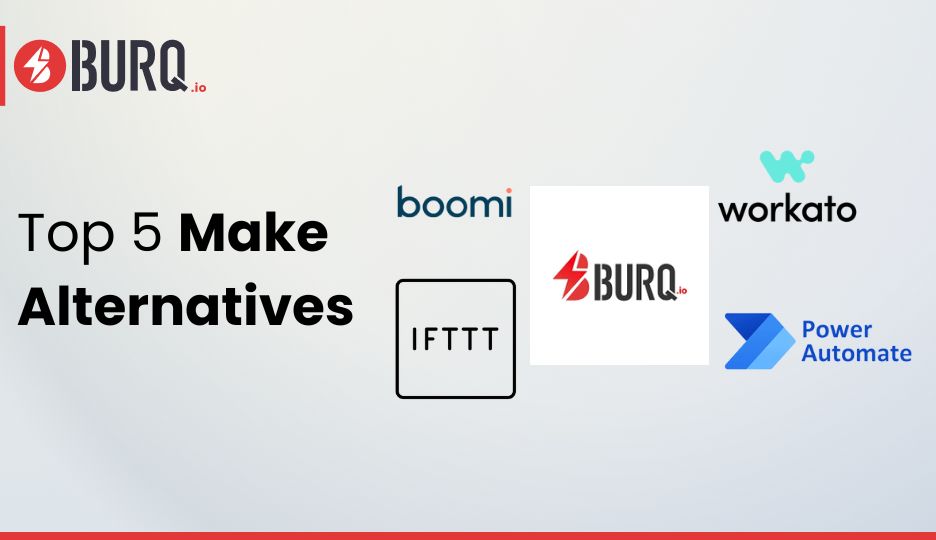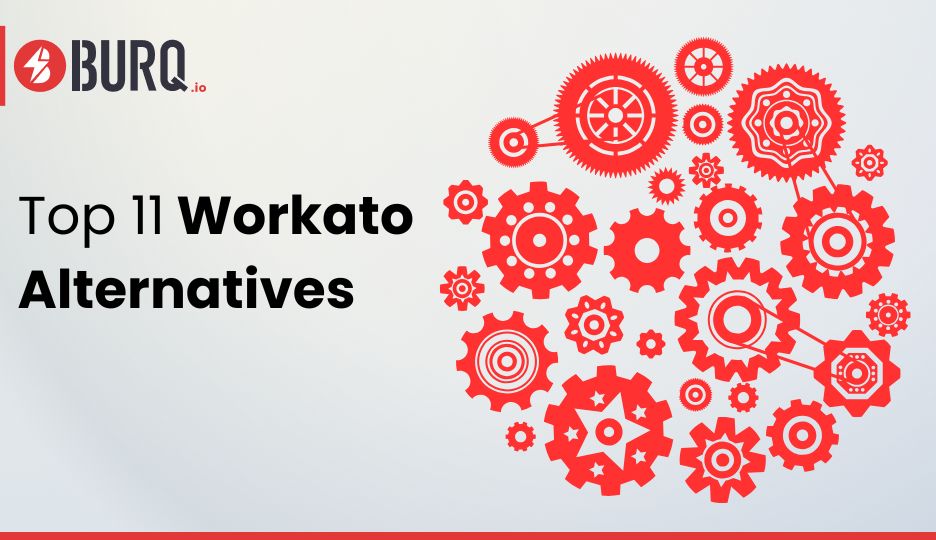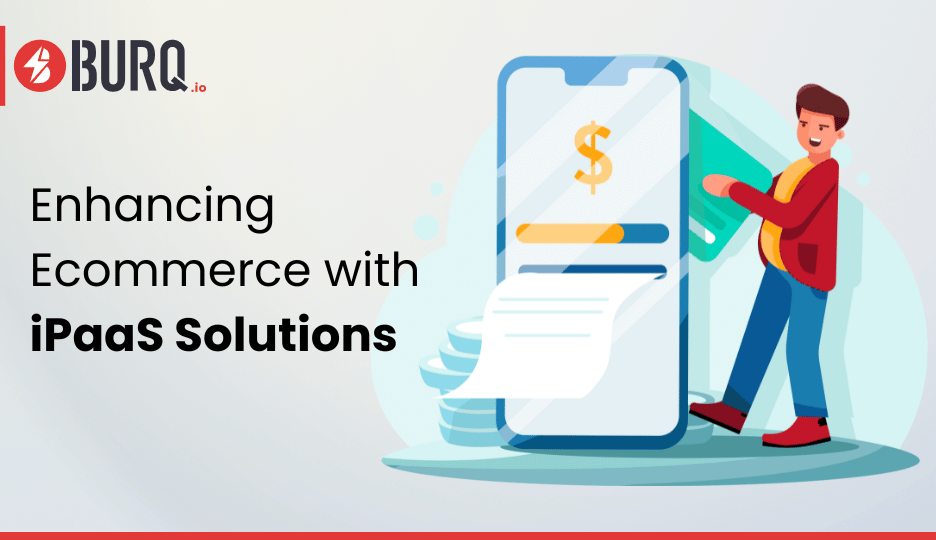Given the speed of digital transformation, it is not surprising that employees utilize a large variety of applications to carry out their daily duties and that they frequently need to learn how to use new apps.
Businesses depend on these digital technologies to increase worker productivity, deliver satisfying consumer experiences, and be adaptable as changes occur or business grows. However, these advantages can only be attained if the numerous applications that underpin the job are synchronized.
In this article, we’ll discuss iPaaS Vs ESB in detail and a few basics as well, two of the most popular technologies for integrating apps. You’ll discover what each is, how they differ, and why they might not be adequate for the integration and automation requirements of your business.
What is ESB?
An IT architecture known as an “ESB,” or “enterprise service bus,” is made up of rules that integrate applications via a centralized infrastructure. Each application has a single point of access through this infrastructure, which acts as a “bus” that allows any other linked applications to send or receive data.
The applications don’t always speak the same language as one another. Since the ESB effectively decouples apps from one another, dependencies are minimized. All transactions pass through the ESB. The business’s operations are now more adaptable and flexible as a result. The integrated applications continue to function even if one goes down. Similar to that, new applications can be added to the system via the ESB without interfering with integrations between already installed applications.
What Is An iPaaS?
An integration platform as a service or iPaaS is a cloud-based system which links applications using a less complex architecture than the ESB. A company’s ability to communicate, filter, transform and combine data between traditional and contemporary cloud-based applications is made possible by an iPaaS, which standardizes the way data moves between apps.
The platform provides a number of advantages:
Your staff members gain time. Too frequently, specialized applications designed for certain teams or tasks create risky data silos. When this occurs, your staff waste valuable time inputting data again or switching between apps to find it.
We’ll now discuss some of the key distinctions and examine circumstances in which using ESB or iPaaS might be more suitable.
How They Both Differ From Each Other – iPaaS vs ESB
Elastic Scalability vs. Vertical Scalability
Generally speaking, an ESB scales vertically (i.e., adding more resources) and to some degree horizontally (i.e., adding additional machines or nodes). Because an ESB is operated on-premises and its architecture is frequently fairly sophisticated, scaling will require a significant amount of work and more resources.
Most crucially, an iPaaS scales elastically and typically in a horizontal fashion. According to the needed computational resources, the iPaaS automatically and dynamically scales up and down.
Cloud Integration vs. On-premise
In order to address application integration with native or legacy systems, an ESB is often managed on-premises and developed as an integrated architectural solution.
The main purpose of an iPaaS is to manage integrations involving various cloud services and SaaS products. It normally runs in the cloud. To connect on-premise solutions and cloud applications, the majority of (Enterprise grade) iPaaS systems provide hybrid integration scenarios.
Agile Service Delivery vs. Waterfall Project Delivery
An ESB is often implemented by an IT department or by outside consultants, is managed on-premises, and frequently has a sophisticated design. Because an ESB is a resource and infrastructure greedy, an integration development using an ESB usually uses a drawn-out waterfall delivery strategy.
An iPaaS is offered as a service, has a simpler architecture, and frequently provides low-code modelling and development tools that support an agile (but robust) delivery approach.
Managed Services vs. Platform Operations
An ESB must be operated, monitored, and controlled by the organization itself, as well as the infrastructure it runs on. For the ESB platform to be used and managed, resources, as well as time, are needed. You will also require some time to set up a “DevOps” staff and operational procedures.
The vendor of an iPaaS solution provides an iPaaS as a managed service. To run or manage the platform, you won’t require any further resources. Consider it a “NoOps” platform.
API (First) Integration vs. Application Integration
In order to integrate with various integration standards and protocols (such as SOAP, REST, JMS, JDBC, etc.), an ESB offers a wide variety of connectors (i.e. SAP).
These kinds of connectivity services are often offered by an iPaaS as well. More crucially, an iPaaS supports an API First design and integration concept and includes API Management features, which results in higher(er) flexibility and agility in a rapidly evolving digital environment.
There are numerous others in addition to these key distinctions. These include contrasting the iPaaS real-time process and streaming capabilities with the ESB stateless pass-through messaging pattern, as well as the differences between the iPaaS lightweight microservices architecture and an ESB sophisticated MOM (messaging-oriented-middleware) approach.
Conclusion
Although the two platforms have different functions, the distance between them is gradually closing. The chosen adhesive for joining internal systems remains ESB. To keep their internal architecture and historical systems intact while yet allowing for new integration endpoints like SaaS, cloud services, and IoT devices, organizations frequently use iPaaS and ESB concurrently.
The iPaaS space is still developing, despite the seemingly overwhelming advantages it has over ESB. While exposing legacy apps to other internet services, iPaaS still has to manage the growing security concerns it encounters. For businesses with complicated internal architectural structures and organizational processes, using iPaaS is still neither practicable or cost-effective.
Additionally, ESBs are gradually beginning to connect in some way with cloud apps. The modern ESB might develop into a platform that eliminates the integration challenges it already encounters.
We hope Our expert’s take on iPaaS vs. EBS has helped you understand the main differences between the two so that you’d be able to take the decision and invest in the best suit for your business.


